STEPS
TOOLS
A light drawing is simply a photograph that is taken using a long enough shutter speed to capture motion blur of a light. In long exposures light appears (burns) bright on the sensor.
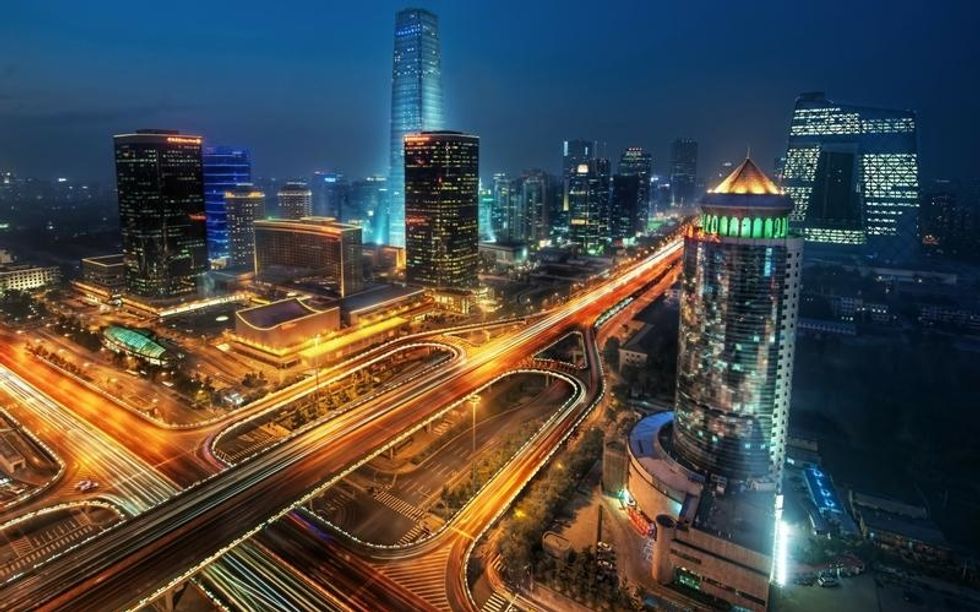
Here, the exposure was long and the lights from the cars and the windows burned bright on the sensor/film. They will appear whereas the cars themselves are dark and blur away into nothing.

Another classic example is the stars. The earth spins on its axis, so through the night the stars move across the sky in circular movements. With a very long shutter speed they burn into the image.
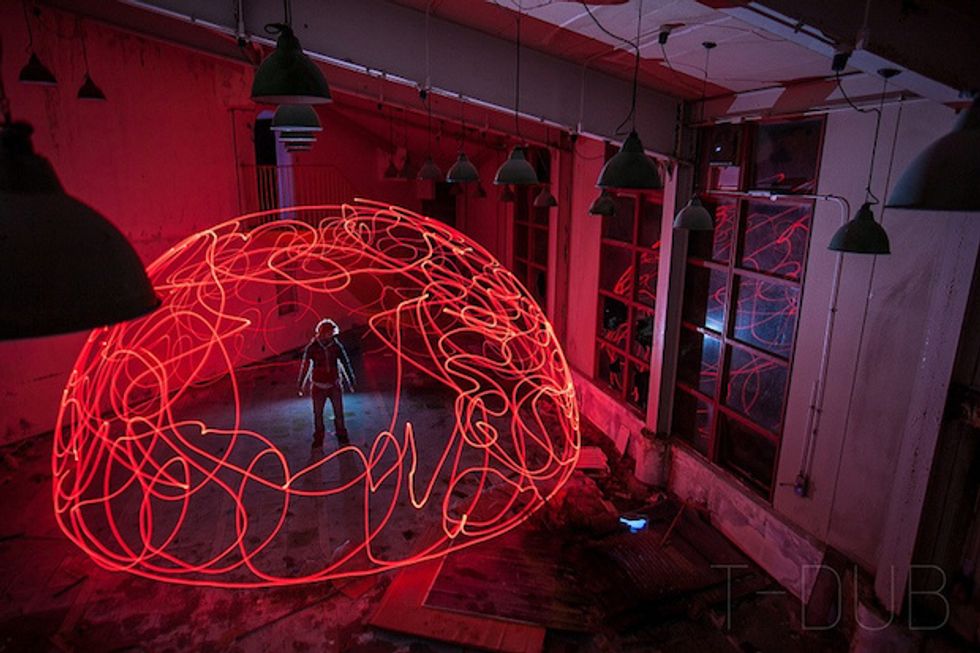
Torches, fire, and other lights can be used to draw your own designs. The shutter speed is long enough to allow the photographer to move the lights around and capture the pattern of their motion.
The technique is to use a low ISO, a long shutter speed, and an aperture that fits your depth of field choice (probably a small aperture, though).
Long shutter speed: it needs to be long enough to capture the full range of motion that you plan. That means it is probably at least a few seconds.
A low ISO: the ISO needs to be long to allow longer shutter speeds AND as higher ISOs will introduce noise into the image. As this is low the sensor is not very sensitive.
Small apertures: you generally want the background of the whole image in focus as well, so you want a full depth of field. This means apertures must be very small (which is a high f-number).
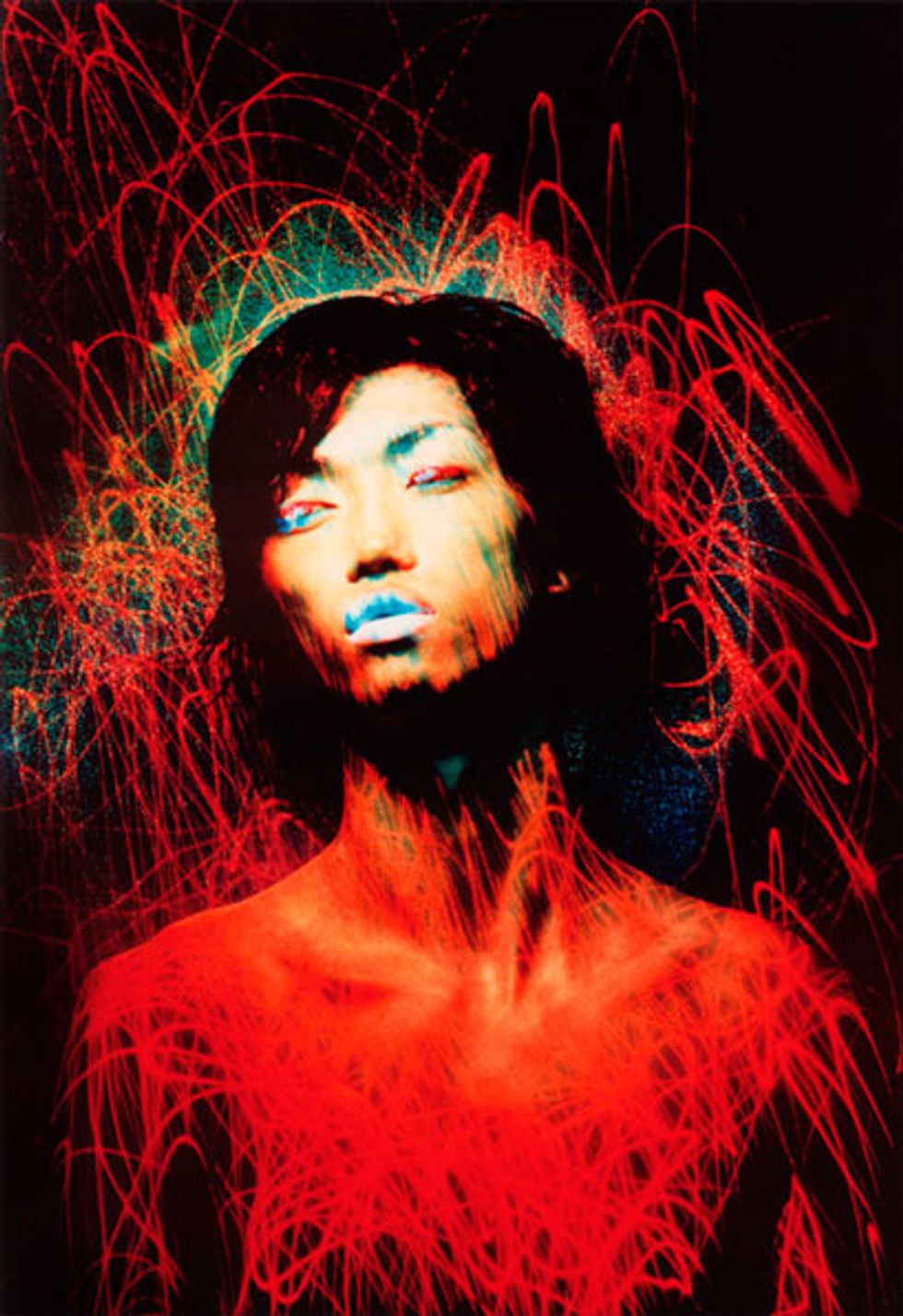
Patrick Rochon aims the light selectively at models, so that the beams (laser pointers) appear like strokes of paint on their forms.

You can also project an image onto the model to create an effect.
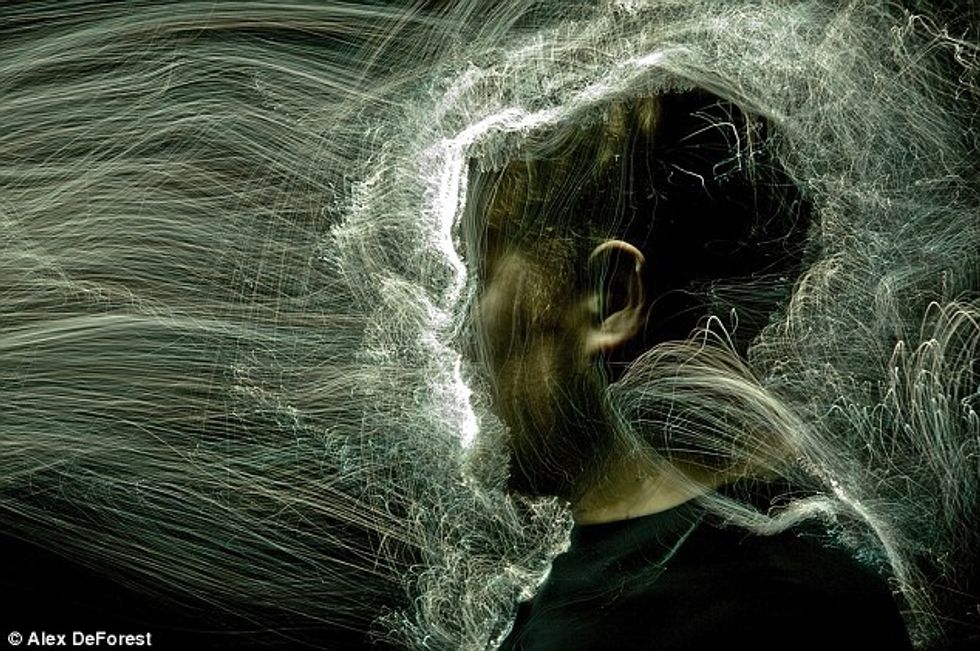
Alex Deforest combines methods to create intriguing portraits.
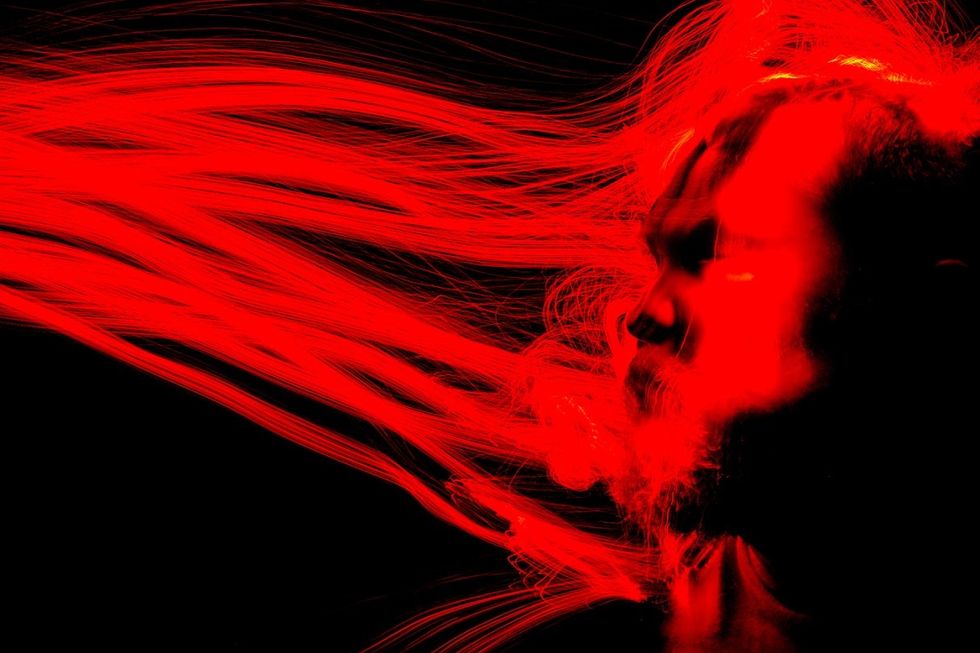
He supersaturates the colours in his images to make the light appear more vibrant.
- 1.0 Tripod/stabiliser
- 1.0 Camera
- 1.0 light source
The Conversation (0)
Sign Up